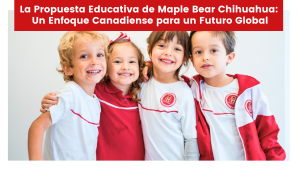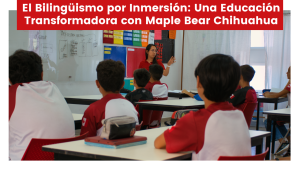Not surprisingly, this is a question I am often asked.
Bilingual education is the use of two different languages in the classroom instruction of academic content.
That means, in our Maple Bear program model, students study subjects like Portuguese or Chinese in either their native language or English, depending on the subject and grade level. They don’t just memorize vocabulary which is one way it differs from ESL training.
There have been concerns that teaching children two languages at once only confuses them. Fortunately, there has been much research—much of it conducted by Canadians—which shows that far from handicapping children, bilingual education can offer benefits from infancy to old age.
So what are the benefits of bilingual education for young learners?
For a start, it’s very good for English-language development, a goal of many of our parents who chose Maple Bear for their children. But young learners have been shown to have:
• better concentration, analytical skills and multi-tasking;
• they learn to read sooner than monolingual students;
• they have an increased sense of self-worth and identity;
• the ability to live abroad and learn other foreign languages later in life;
• exposure to more than one culture leads to a global perspective.
Finally, numerous studies have shown that being bilingual actually makes a person smarter as it has a profound effect on the brain, improving cognitive skills and sharpening memory.
Rodney Briggs
President
Maple Bear





Comentarios recientes